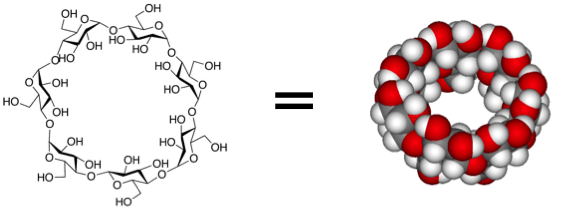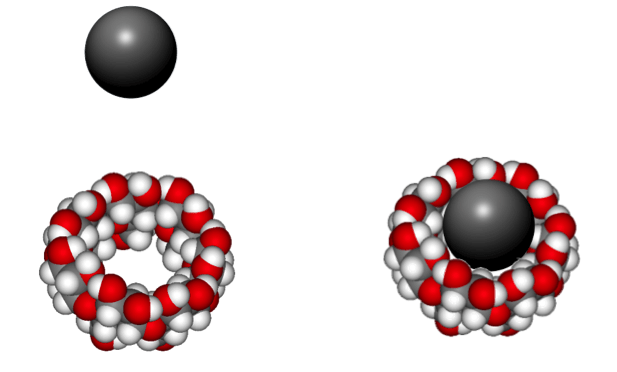TAKE A WHIFF OF CHEMISTRY
By: Andrea d’Aquino

You just got home after a long day of work and you slip off your shoes, contemplating the options for dinner. But before you can even make it to the kitchen, a sudden odor sweeps over the room—something akin to sour milk and fertilizer. Your warm, moist socks, and the proximity of the odor, are unmistakable evidence that the culprit of the odor is—you. You swiftly grab a bottle of Febreze, resolving the problem by spraying wildly around the room with a particular focus around your shoes. Within minutes, the odors are replaced with a fresh scent resembling laundered clothes, and you can continue contemplating your dinner options.
Whether or not anyone will admit to relating closely to this scenario, we can almost all admit to having used an air-freshener at some point in our lives. But how does this spray replace foul odors with pleasant ones? Is the spray merely masking the smells? Or is it really eliminating the odor?
The question, of course, can be answered with chemistry.
Febreze, along with many other air fresheners, contains the active ingredient beta-cyclodextrin (β-cyclodextrin). β-cyclodextrin is a ring shaped molecule made up of sugars and is derived from starch (usually from corn). The image below shows the chemical structure on the left, and what chemists refer to as the space-filling model representation, on the right.

The cyclodextrin molecule can be imagined as resembling a donut. The inside of the donut shaped molecule is hydrophobic—“water fearing”, or “oily” and immiscible with water. The outside of the donut shaped molecule, however, is hydrophilic—“water loving.” So how do the features of this ring-shaped molecule eliminate odor?
Odors, and our ability to sense odors, have an interesting chemistry themselves. Of all our senses, our sense of smell (olfaction) is the most intimately connected with the brain. The olfactory sensors are located at the top of the nasal passages, just below and between the eyes. With each breath we take, air is swept over these sensors. The sensors are covered with a coating of mucous, and molecules from the air dissolve in the mucous and interact with the olfactory cells. Because odors are sensed only when gaseous molecules dissolve, all odor-causing materials must produce vapors. Yes, that’s right, your socks and shoes really do produce vapors.
Certain structural features of a molecule can be associated with a particular type of odor. For example, some molecules contain functional groups which produce the characteristic odor of rotten eggs, while others contains features which produce the smell of garlic. Natural gas contains a molecule that gives gasoline its characteristic odor, signaling a gas leak.
When you spray Febreze the hydrophobic cavity of the β-cyclodextrin traps these volatile, odor causing molecules, preventing the molecules from binding to the odor receptors in your nose—so the odor can no longer be smelt! This is more simply illustrated in the image below. On the left, the grey sphere represents an odor molecule, and on the right you can see the odor molecule entrapped within the pocket of cyclodextrin.

The cyclodextrin can be mixed with different compounds (that cannot be trapped in the cavity of cyclodextrin) which can smell like lavender, freshly laundered clothes, or even pumpkin spice for the Holidays, making your reeking shoes smell lovely.
Although Febreze and other products based on cyclodextrin reduce odors successfully, they are not replacements for actual cleaning or fresh air, despite popular belief. However, I will still take the smell of fresh laundry over the smell of sour milk and fertilizer, any day.
Figures from: Berthod, A., Ed. Chiral Recognition in Separation Methods: Mechanisms and Applications; Springer: Heidelberg Dordrecht London New York, 2010.
